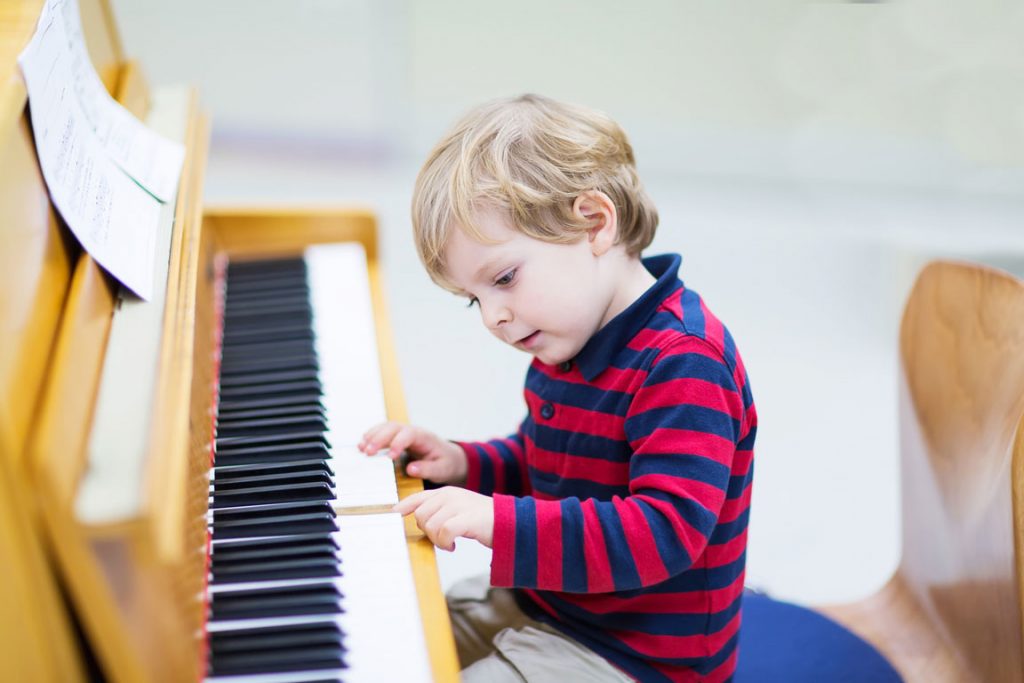Each person has unique stories about risk-taking experiences from which they have learned so much. Taking risks teaches many things, even in childhood.
Of course, it’s important to prepare children to simply follow directions and do well in school. Nonetheless, it is equally important for teachers and parents to nurture children who make mistakes by encouraging them to learn from their slip-ups. Throughout this process, children also need to expand their thinking and find new possibilities while gaining confidence in their abilities. With the help of their parents and teachers, children need to strengthen their social and emotional development – this often happens by them taking risks.
Research shows many children are reluctant to take risks because of fear of failure. For example, a child may be hesitant to answer a question that the teacher asked in the classroom due to the fear of getting it wrong. Taking risks can also involve a child trying something new and different, such as joining a sport or activity.

Children need to learn to be comfortable taking risks and making mistakes, both of which are an important part of learning. One way for parents and teachers to encourage children that risk-taking is not so bad and trying new things is to ask open-ended questions and provide supportive comments that keep children’s ideas flowing. When children are stuck or need encouragement or direction, it’s always good to listen carefully, provide support and reflect on what a child is sharing.
Risks Are Part Of Everyday Life
From infancy through adulthood, learning to navigate risks requires the opportunity to encounter risks and work through them. Effective risk management involves numerous skills that develop over time, such as learning to assess risks, implementing them, and evaluating how such decisions worked out in the end. Thus, teaching your child to understand cause and effect, and learning from their mistakes as well as adjusting to actions is essential. At the same time, it is essential to teach them self-confidence, to believe in their abilities and that it’s okay to push the limits of their capabilities.

How Safe Do Children Feel To Take Chances?
Considering the level of emotional safety that exists when children take chances is crucial. What kind of feedback do children receive when they make mistakes? Studies show when teachers create a classroom culture where children feel comfortable reaching beyond their current skill-level and are not shielded from challenges, they are more willing to try new things. Therefore, mistakes in the classroom should be seen as welcomed learning opportunities. Children need to be encouraged to bring their ideas to fruition, even if they are uncertain about the result.
Risk taking is different for each child so it’s important to observe children carefully and to take notice when they appear to be avoiding a particular challenge. When you notice this, support your child’s efforts through encouragement, demonstrating support, and just simply letting them know you are there for them. Keep in mind that it’s important for children to explore concepts of competition, fairness, and cooperation, each of which leads to better self-development.


